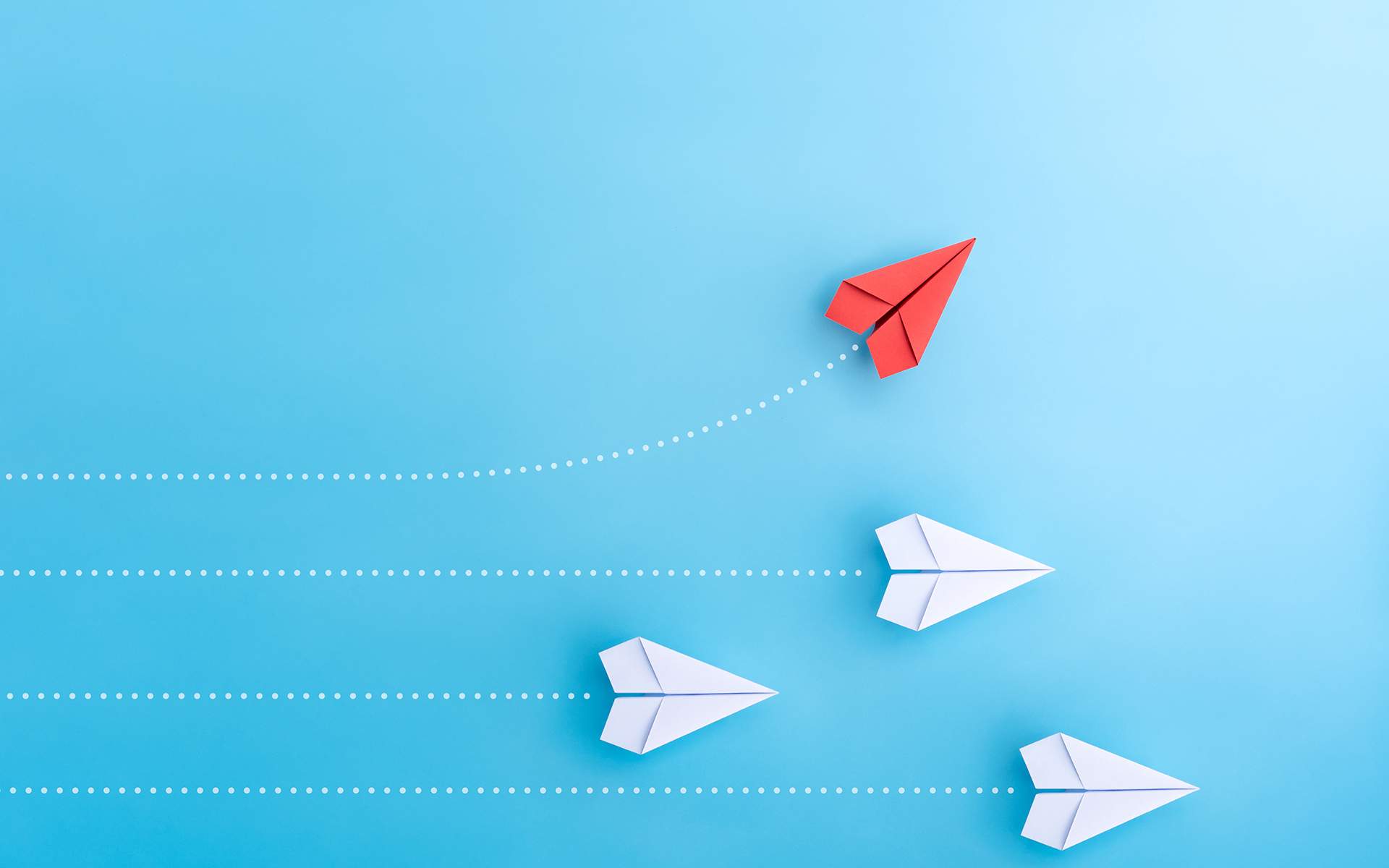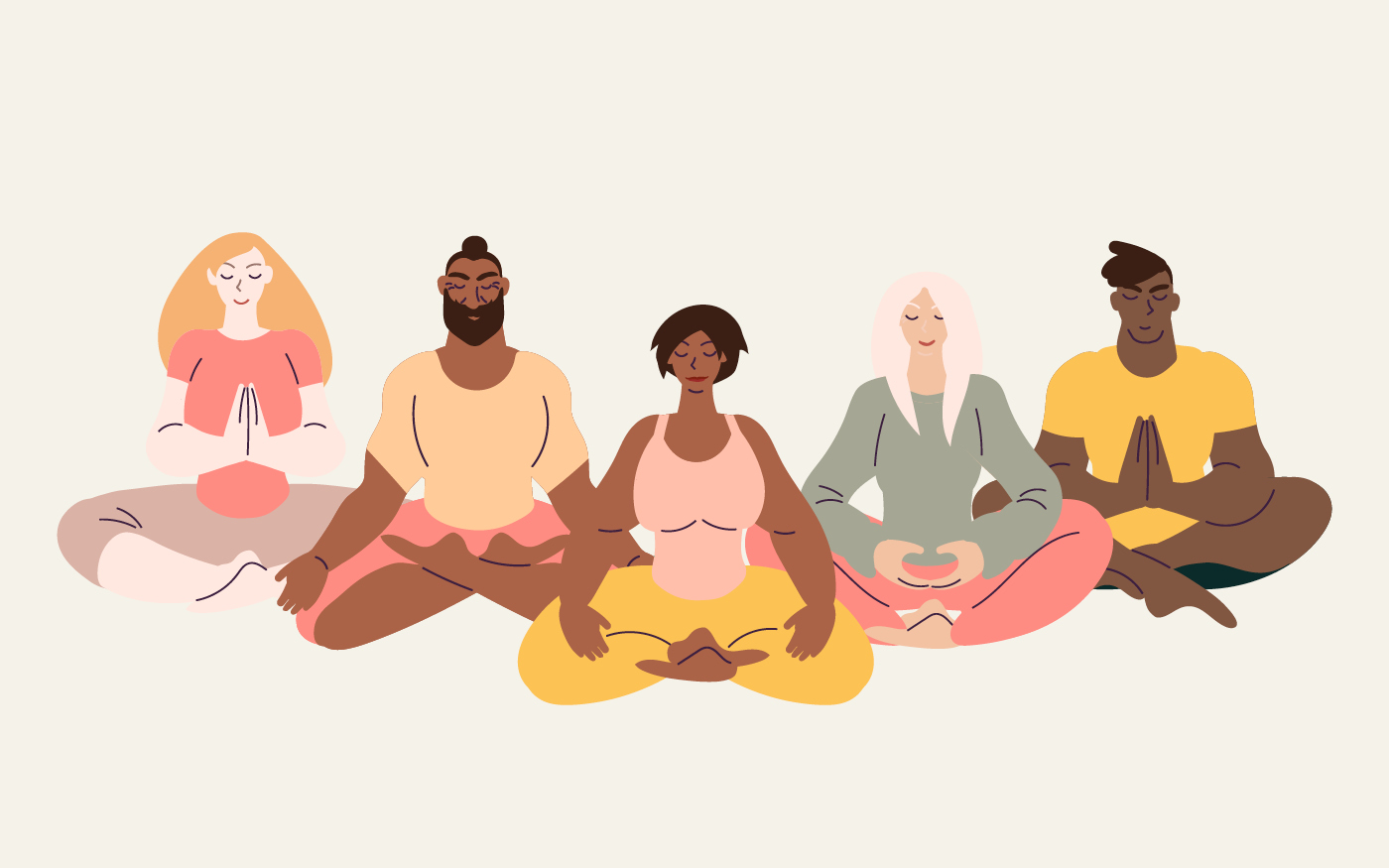For many city dwellers, the physical world has shrunk to the single-digit walls of their apartments. In dense suburbs, postage-stamp-sized backyards have become parks. Getting out for brief walks along the familiar streets of home has become a new form of commuting.
Many among us are suffering now—gravely ill, steeped in grief, or worried sick about how we’ll pay the rent. We’re hunkering down with social distancing, at-home sheltering, and lockdowns as new normals. Tedium is setting in.
As the boundaries of our physical world contract, the limits of our mental, emotional, and spiritual worlds have the potential to expand.
Yet, as the boundaries of our physical world contract, the limits of our mental, emotional, and spiritual worlds have the potential to expand.
Meditation teacher Shinzen Young compassionately suggested to students on an online retreat recently that they could reframe the pandemic predicament of social isolation as a time of seclusion during which their mindfulness practices could deepen. Provided our basic needs get met, such a subtle shift in perspective has the power to lighten our load psychologically.
How the Creative Greats Have Used Seclusion for Inspiration
For centuries, human beings have used seclusion to birth creativity, for physical, psychological, and spiritual renewal and as a means of understanding fundamental truths about the world.
Great inventors, philosophers, artists, writers, and the like, from Albert Einstein to Harper Lee to Georgia O’Keeffe to James Baldwin to Bill Gates and countless others valued time alone. Often, they contributed their gifts to the world after phases of reflection and solitude. There’s a reason silent retreats are a mainstay of mindfulness practice.
For centuries, human beings have used seclusion to birth creativity, for physical, psychological, and spiritual renewal and as a means of understanding fundamental truths about the world.
Like a good bone broth, sometimes we need to simmer our lives on the stove to uncover the richness within us.
Yesterday, from my open kitchen window, I heard the painful sounds of an inexperienced violinist in my neighborhood struggling to discover the music within her. I thought about the passion projects, the inventions, the new business ideas coming to life during our worldwide hibernation. It also takes relentless creativity to keep kids entertained and engaged all day and to run a household amid shortages, stoppages, and uncertainty.
Thankfully, not all creativity is serious. The other day I got the giggles watching comedian Will Ferrell methodically wash his hands for 20 seconds while singing George Michael’s “Careless Whisper.” My husband is playfully growing his facial hair into a ridiculously retro mustache. So far so good on the home front, but I can do without the 1970s slang he’s tossing around. “Can you dig it?”
Allowing Yourself to Look Deep Within
Seclusion also makes room for renewal and insight.
My neighbor’s frequent, bi-coastal air travel has halted, allowing him to recoup his energy, and spend more time with the family. A back injury his older son incurred during rowing team practice is mending. His younger son finds Zoom learning more enriching and less distracting than being in a loud classroom.
Perhaps more starkly, when we’re secluded, there are fewer excuses to avoid the inner work that our souls naggingly request. A lot rises to the surface in difficult times—maladaptive ways of coping and harmful behaviors we only dimly see in the rush of our busy routines. If we’re willing and able, we can lovingly turn toward it all and gently begin the work of healing.
Whenever you feel the fizzy energy of anxiety bubble up, stop and, like a mother attending to a toddler, give it your attention.
- Take a breath.
- Put your hand over your heart and soften your belly, giving the anxiety more space to move through you.
- If it’s all too much, turn your attention away.
- Feel your feet on the ground, listen to the hum of the heater or turn the on the TV and watch a Hallmark movie. Either way, you’ll have mindfulness as your companion.
The other morning a friend shared that when he was a little boy, he loved to watch his grandfather prune trees, and his memory of it has become a helpful metaphor during the COVID-19 crisis.
He explained that after the pruning, once the trees were down to their bare essence, they entered a period of botanical seclusion and apparent dormancy. But in time, the trees stood tall again—more lush and beautiful in the morning light.
We are in a time of tremendous pruning and seclusion, said my friend.
Let’s hope and trust that when this period ends, we, too, will emerge from our global seclusion more vibrant and beautiful than before.
read more
How Mindfulness Can Help You Navigate the Coronavirus Panic
Your mindfulness practice can help you mitigate not only the fear and uncertainty of COVID-19, but can even help you quit touching your face all day.
Read More
What Swimming Taught Me About Self-Compassion and Letting Go
Finding “easy speed” in the pool helped writer and meditation teacher Kelly Barron heal the wound of overachieving and stay loose in the face of resistance.
Read More










